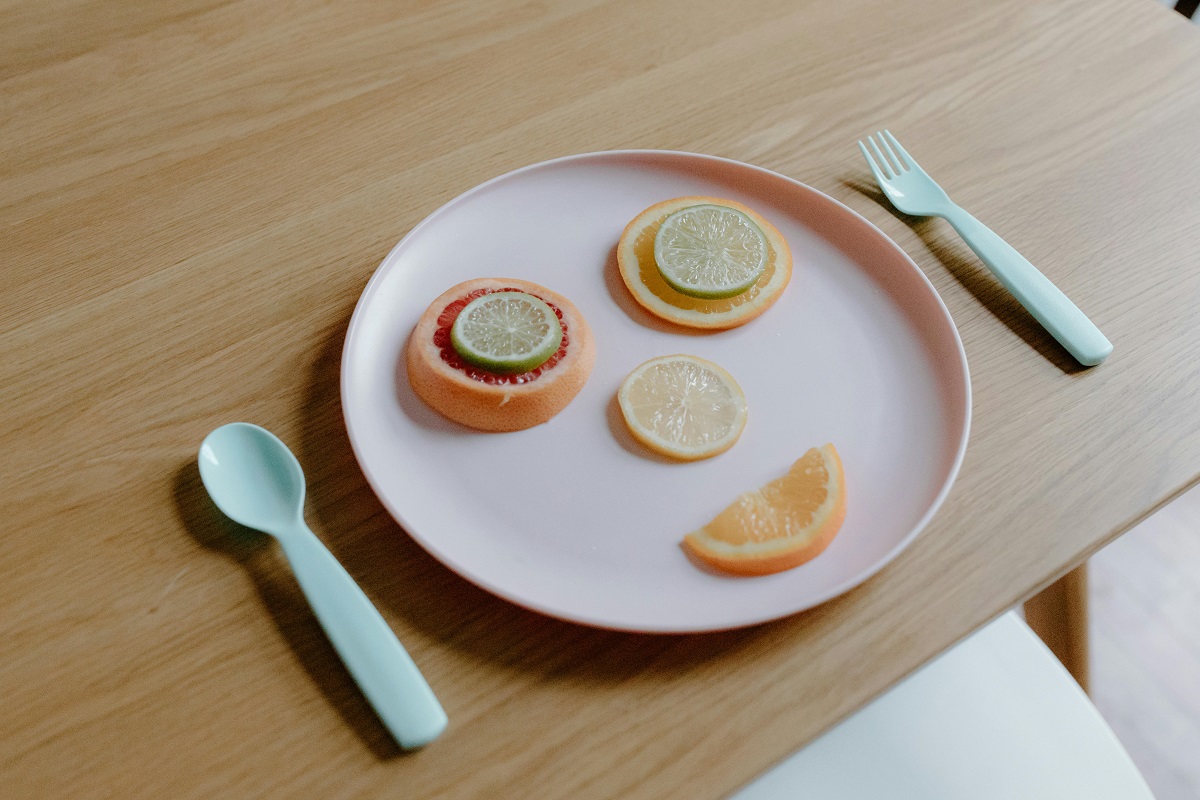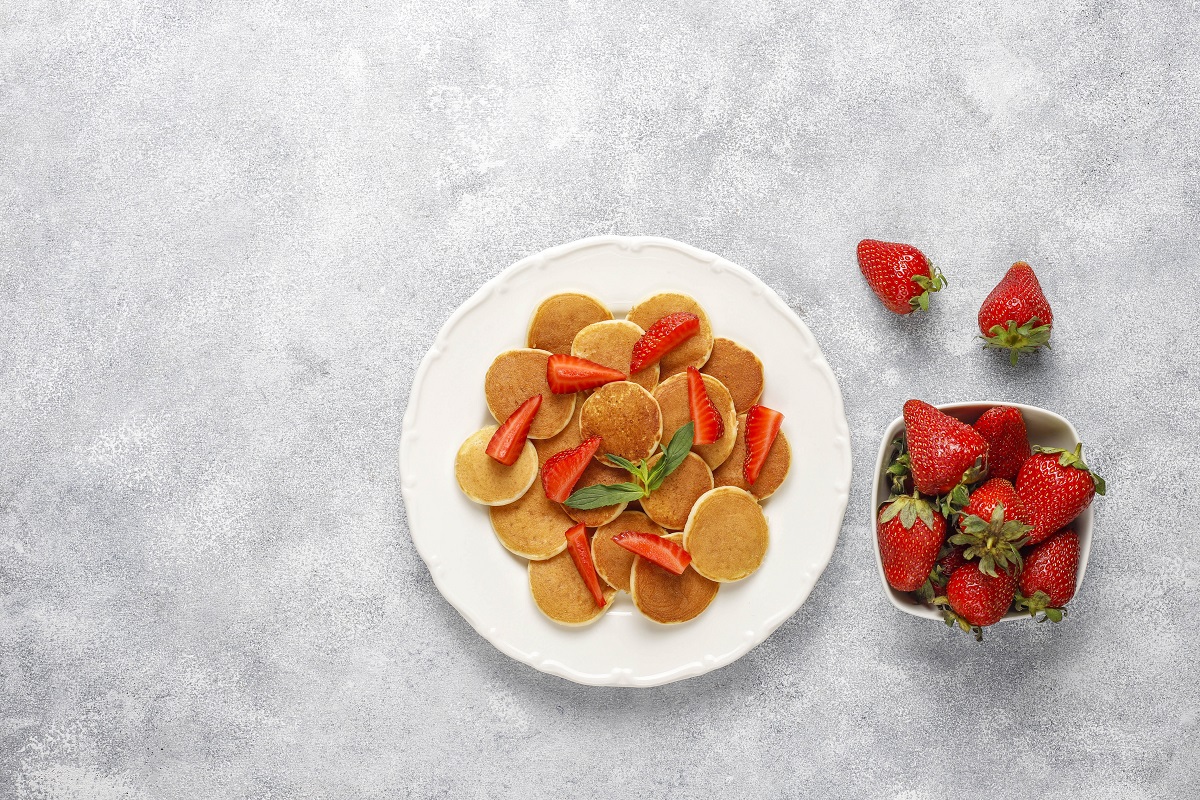
If you’re a parent of a toddler, you know how tricky mealtime can be. One day your little one might love broccoli, and the next they refuse to even look at it. Feeding picky eaters while trying to keep things healthy can feel like a full-time job. But don’t worry — this blog has got you covered with 10 toddler meals that make healthy eating easy for picky eaters. These meals are simple, nutritious, and kid-approved, so you can finally breathe a little during mealtime!
Why Are Toddlers Such Picky Eaters?
Before we dive into the meals, it helps to understand why toddlers can be so picky. It’s a natural part of their development. They’re learning about new tastes, textures, and independence — sometimes that means saying “no” just to test boundaries.
- Toddlers have sensitive taste buds
- They prefer familiar foods
- Mealtime battles are often about control
Understanding this can help you stay patient and try different strategies to encourage healthy eating without stress.
How Can You Make Toddler Meals Healthy AND Appealing?
The key to winning with picky eaters is combining nutrition with fun and familiarity. Here are a few quick tips:
- Keep portions small so they don’t feel overwhelmed
- Incorporate favorite flavors or textures with new foods
- Make food colorful and fun — bright veggies on a plate attract toddlers’ eyes
- Serve meals with dips or sauces — sometimes kids like to dip veggies in hummus or yogurt
- Offer choices — let them pick between two healthy options
Now, let’s get to the good stuff — the meals!
1. Veggie-Packed Mac and Cheese
Who says mac and cheese can’t be healthy? By sneaking in pureed veggies like cauliflower or butternut squash, you boost the nutrition without changing the creamy, cheesy flavor toddlers love.
Why toddlers like it: It’s creamy, cheesy, and familiar.
How to make it healthy:
- Use whole wheat or chickpea pasta for extra fiber
- Add steamed and pureed veggies into the cheese sauce
- Use low-fat cheese and milk
Tip: Serve with a side of soft, bite-sized steamed broccoli or peas for more veggies.
2. Mini Turkey and Veggie Meatballs
These meatballs are soft, easy to chew, and packed with protein and veggies. You can hide shredded carrots, zucchini, or spinach right in the mix.
Why toddlers like it: Small, fun-sized bites that are easy to handle.
How to make it healthy:
- Use lean ground turkey or chicken
- Add finely grated veggies
- Bake instead of frying
Serve with whole grain pasta or mashed sweet potatoes.
3. Smoothie Bowls with Hidden Goodness
Smoothies are a favorite for many toddlers — and smoothie bowls add a fun twist with toppings they can pick themselves.
Why toddlers like it: Sweet, creamy, and interactive.
How to make it healthy:
- Use fruits like banana, berries, and mango
- Sneak in spinach or avocado (you won’t taste it!)
- Top with granola, chia seeds, or small pieces of fruit
Pro tip: Let your toddler help add the toppings to get them involved in eating.
4. Cheesy Veggie Quesadillas
Quesadillas are perfect for picky eaters because they’re melty and easy to eat. Stuff them with mild cheese and finely chopped or shredded veggies like bell peppers and spinach.
Why toddlers like it: Crispy on the outside, gooey inside.
How to make it healthy:
- Use whole wheat tortillas
- Add plenty of veggies
- Serve with mild salsa or plain yogurt for dipping
Cut into small triangles — toddlers love finger foods!
5. Baked Sweet Potato Fries
Fries don’t have to be off-limits! Sweet potatoes are naturally sweet and packed with vitamin A.
Why toddlers like it: Crispy, sweet, and easy to hold.
How to make it healthy:
- Slice sweet potatoes into sticks
- Toss with a small amount of olive oil and mild seasoning
- Bake until crispy, not greasy
Serve with a homemade yogurt-based dip or ketchup.
6. Rainbow Veggie Pasta Salad
A cold pasta salad with lots of colorful veggies can be very appealing and is perfect for warmer days.
Why toddlers like it: Bright colors and fun shapes.
How to make it healthy:
- Use small pasta shapes like shells or rotini
- Add diced cucumbers, tomatoes, carrots, and peas
- Toss with a light olive oil and lemon dressing
You can add cubed cheese or cooked chicken for protein.
7. Mini Pancake Stacks with Fruit
Breakfast for dinner? Yes, please! Mini pancakes stacked with fruit and a smear of nut butter are a fun way to get some protein and vitamins.
Why toddlers like it: Sweet, soft, and fun to eat.
How to make it healthy:
- Use whole grain or oat flour pancakes
- Add mashed banana or applesauce to the batter
- Layer with sliced strawberries or blueberries
Serve with a side of yogurt for extra calcium.
8. DIY Lunchable-Style Plates
Sometimes toddlers want to eat with their hands. Creating a “DIY lunchable” with healthy options lets them explore textures and flavors.
Why toddlers like it: Independence and variety.
How to make it healthy:
- Include small portions of cheese cubes
- Whole grain crackers
- Sliced cucumbers, cherry tomatoes, or baby carrots
- Lean deli meat or hummus
It’s all about giving them choices and letting them feel in control.
9. Soft Veggie and Cheese Omelet
Eggs are packed with protein and super versatile. A soft omelet with veggies and a little cheese is a great way to sneak in nutrients.
Why toddlers like it: Soft texture and mild flavors.
How to make it healthy:
- Use eggs or egg whites
- Add finely chopped veggies like spinach, tomatoes, or mushrooms
- Sprinkle with mild cheese
Cut into small strips or squares for easy handling.
10. Homemade Chicken Nuggets with Veggie Coating
Kids love nuggets, but store-bought ones are often high in unhealthy fats and additives. Homemade nuggets give you control over ingredients and add veggies.
Why toddlers like it: Crispy outside, tender inside.
How to make it healthy:
- Use chicken breast pieces
- Coat with a mixture of crushed whole grain cereal and finely shredded veggies like carrots or zucchini
- Bake instead of frying
Serve with a side of steamed green beans or corn.
What Are Some Easy Snack Ideas to Complement Toddler Meals?
Sometimes toddlers need a little something between meals to keep their energy up—and snacks can be another great chance to sneak in nutrition. Here are some easy, healthy snacks that pair well with your toddler meals:
- Fruit slices with nut butter (like apple or banana slices with almond or peanut butter)
- Veggie sticks with hummus (carrot, cucumber, or bell pepper)
- Cheese cubes and whole-grain crackers
- Yogurt with a sprinkle of granola or fresh fruit
- Mini rice cakes topped with avocado or cream cheese
- Homemade energy bites made with oats, nut butter, and a bit of honey
Snacks should be small and balanced — think protein, healthy fats, and fiber to keep your toddler full and satisfied without ruining their appetite for meals.
How to Build a Weekly Toddler Meal Plan Without Stress
Planning meals for picky toddlers can feel overwhelming, but creating a simple weekly meal plan can save time, reduce decision fatigue, and help you offer a balanced variety of foods. Here’s how to make it easy:
Step-by-Step Toddler Meal Planning Tips:
- Start with a meal template: Use simple categories like “Meatless Monday,” “Finger Food Tuesday,” or “Breakfast-for-Dinner Thursday.” It adds variety without overthinking.
- Plan around your toddler’s favorites: Include at least one familiar item per meal to reduce resistance. For example, if they love cheese, include a sprinkle of cheese even in new meals.
- Batch prep staples: Cook a batch of rice, roasted veggies, or boiled eggs at the beginning of the week to mix and match with different meals.
- Include leftovers creatively: Turn last night’s veggie pasta into a lunchbox meal or use extra meatballs for a sandwich or wrap.
- Keep a visual tracker: Use a whiteboard or printable weekly planner to list meals. Involving your toddler in pointing to what’s coming can help them feel included.
Planning ahead helps ensure you’re covering food groups while avoiding last-minute stress (or takeout). Plus, a flexible plan keeps the week running smoother, especially when your toddler decides they suddenly hate bananas (again).
How Can You Handle Toddler Meal Rejections?
It’s totally normal for toddlers to reject meals sometimes, even healthy ones. Here’s how you can handle those moments without turning mealtime into a power struggle:
- Stay calm and patient: Avoid showing frustration or forcing the food. Keep mealtime low-pressure.
- Offer the same meal again later: Sometimes toddlers need repeated exposure to a new food before they accept it.
- Pair new foods with favorites: Serve a new veggie alongside a well-liked dish to make it less intimidating.
- Let toddlers explore: Allow them to touch, smell, and even play with the food—it’s part of learning.
- Set a routine: Regular meal and snack times help toddlers know what to expect and regulate hunger.
- Avoid using dessert as a bribe: This can create unhealthy food associations.
Remember, your attitude and approach have a big impact on how your toddler perceives food. Keep it positive and flexible!
How Do You Keep Toddlers Interested in Healthy Meals?
Even with delicious meals, toddlers can lose interest quickly. Here’s how to keep them engaged:
- Rotate meals regularly to prevent boredom
- Get toddlers involved in simple meal prep
- Make food colorful and fun using cookie cutters or fun plates
- Praise and encourage them for trying new foods
- Avoid pressure or force-feeding — offer new foods multiple times gently
Final Thoughts: Toddler Meals Made Easy
Feeding picky toddlers healthy meals doesn’t have to be stressful. With a little creativity, patience, and these 10 tried-and-true meal ideas, you can keep nutrition high and mealtime battles low. Remember, toddlers are learning and growing — it’s okay if they don’t eat everything perfectly every day. The goal is to make healthy eating easy, fun, and consistent.



